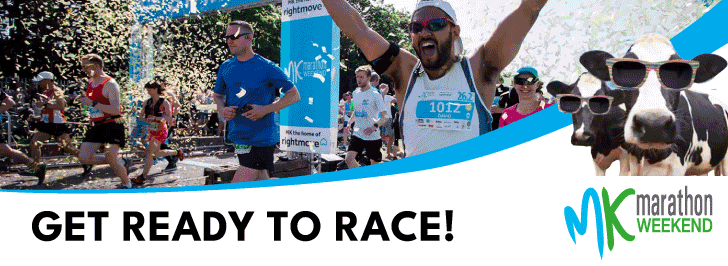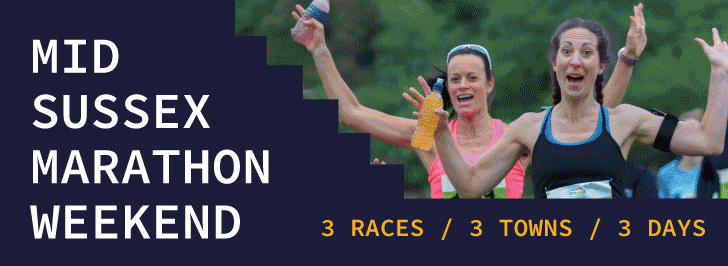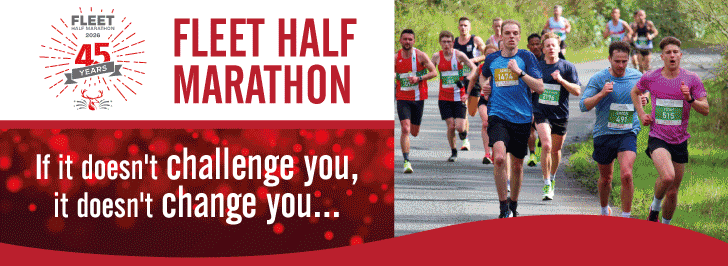
Sprain? Strain? It's All A Pain!
While temporarily sidelined with a running related ankle sprain, I have been surprised by some questions asked by fellow runners, writes runABC South reporter Alan Newman. It has quickly become clear that there is scant knowledge out there regarding common running injuries.
We have probably all heard of runners who claim to have had a 'strained ankle' at some time. They may well have been injured but they are about as likely to have strained their ankle as to have sprained their hamstring! So what is the difference between a sprain and a strain?
A sprain involves a stretch or tear of one or more of the ligaments that join bones together. Common areas for this type of injury in runners are the ankle and knee, where the ligaments stabilise and support the joints which enable us to run.
A strain is an injury to muscle fibres and/or tendons – tough, fibrous cords that attach muscles to bones. Common sites for this sort of injury in runners are the calf muscles, hamstrings and achilles tendons.
Of course, complex and severe ankle sprains may also involve some degree of strain injury to the calf muscle and/or achilles tendon but fortunately that degree of severity is rarely seen.
Unfortunately, anyone can pick up one of these injuries. They are not confined to the elite and there is evidence to suggest that slower, heavier and older runners tend to have more frequent sprains and strains and/or take longer to recover – bad news for this writer, then!
Prevention is always better than cure so the best ways to avoid injury in the first place include a good conditioning programme to improve strength; regular stretching to improve flexibility; well fitting and suitable footwear; good nutrition and hydration; warming up properly before training and competing and concentrating on technique and form while running.
And if it all goes wrong and we end up on the bench for a while the current treatment regime is to P.O.L.I.C.E the injury: Protect; Optimal Loading; Ice; Compression; Elevation. So what has happened to the Rest in R.I.C.E you cry? Many therapists now believe we tend to take the rest element too far and too literally, leading to decreased muscular strength and flexibility when we eventually return to exercise. Gentle motion within a limited range of movement can be started as soon as pain and swelling reduction allows and this is believed to promote optimal healing and help to reduce recovery time and prevent further injury.
Remember, runABC cannot provide individual injury advice and if you are in any doubt you should seek expert advice immediately. If you are injured we hope you make a full and speedy recovery. Perhaps you could use the time to plan your return by viewing our comprehensive future race listings here








